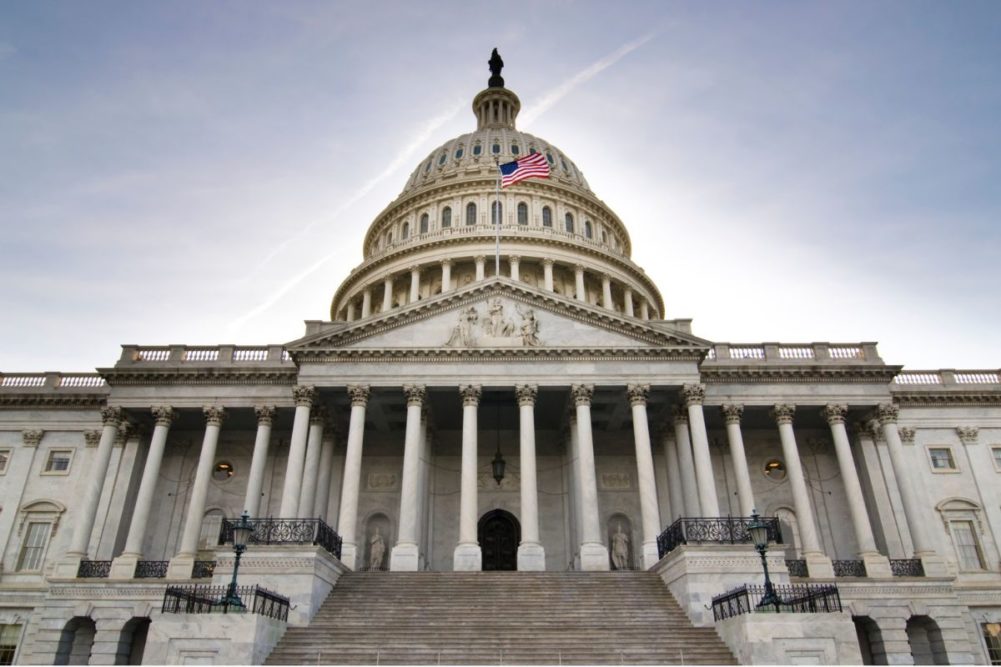WASHINGTON, DC, US — After stalls, an official delay and nearly a year of fierce debates on both sides of congressional aisles, the farm bill made strides recently after the Republicans’ version of the massive $1.5 trillion legislation package that lays out plans to support nutrition and agriculture programs over the next five years was approved by the House of Representatives Agriculture Committee just after midnight on May 24, following an 11-hour markup session. The formal approval of the bill by all members of the House will occur at a later date.
Officially titled the Farm, Food, and National Security Act of 2024, the Republican-led House Agriculture Committee approved the legislative draft by a vote of 33 to 21. All 28 Republican committee members voted for, and all but 4 Democrats voted against. The 4 dissenters were Sanford Bishop of Georgia, Yadira Caraveo of Colorado, Eric Sorensen of Illinois and Don Davis of North Carolina.
On track to be the most expensive farm bill in the country’s history, the approved draft proposes to bolster farm safety net payments for certain commodities, expand eligibility for disaster assistance and increase funding for specialty crops. To help fund these initiatives, the bill reallocated funds from other titles, notably the Supplemental Nutrition Assistance Program (SNAP), where approximately $30 billion is expected to be cut over a 10-year period.
The relentless political tug-of-war in deciding how to split the now trillion-plus budget between food and farm programs has been the perpetual stumbling block in pushing the farm bill across the legislative finish line. Currently, about every four of five farm bill dollars is allotted to nutrition programs. But the House’s draft seems to be seeking a way to readjust that ratio, which has ignited some vehement responses.
“This farm bill makes the largest financial cut to SNAP in 30 years,” David Scott, ranking member for the House Committee on Agriculture said in his opening statement at the farm bill’s markup session. “I cannot, I will not support this bill. I will vote no and I encourage my colleagues to oppose it. This bill is misguided, and in some aspects, it is mean spirited to American families and our American farmers.”
But after the committee approved the bill, several industry and stakeholder groups issued responses offering approval and support for the latest draft. The National Grain and Feed Association (NGFA) commended the House for including legislation that is market-oriented, supports a decoupled farm program, retains the Conservation Reserve Program’s current enrollment acreage cap and doubles funding for the Market Access Program and Foreign Market Development Program, which are government-backed trade promotion initiatives managed by the US Department of Agriculture and the Foreign Agricultural Service. The National Pork Producers Council said it was pleased the legislation included producers’ requests for a “federal fix” to California’s Proposition 12.
Other groups were less enthused. The United Food and Commercial Workers International Union (UFCW) issued a statement denouncing the draft’s proposal to shrink financial reserves for the Supplemental Nutrition Assistance Program (SNAP).
“Our members do essential work picking, processing, selling, and serving our food,” said Marc Perrone, international president of the UFCW. “Their voices and concerns deserve to be an essential part of agriculture policy, not ignored entirely. The Senate Agriculture Committee framework is the kind of proposal to keep farmers farming, families fed, and rural communities and food workers strong. The UFCW calls on the House to work with their Senate counterparts to write a better farm bill that keeps food workers and the communities they serve at the forefront of the conversation.”
While the Democrat-led Senate Committee on Agriculture has yet to officially produce its own version of the bill, their responses to the House Committee’s draft solicited ideas the bill still has a long way to go before it can officially be ratified into law.
“Despite areas of common ground, it is now clear that key parts of the House bill split the farm bill coalition in a way that makes it impossible to achieve the votes to become law,” Senator Debbie Stabenow, chairwoman of the Senate Committee on Agriculture, said in a statement following the House markup session.
Once both the House of Representatives and Senate drafts are approved by their respective chambers, leaders from both arenas will form a conference committee to combine both approved drafts. This unified version must be approved by both the House and Senate before it is signed into law by the president.



